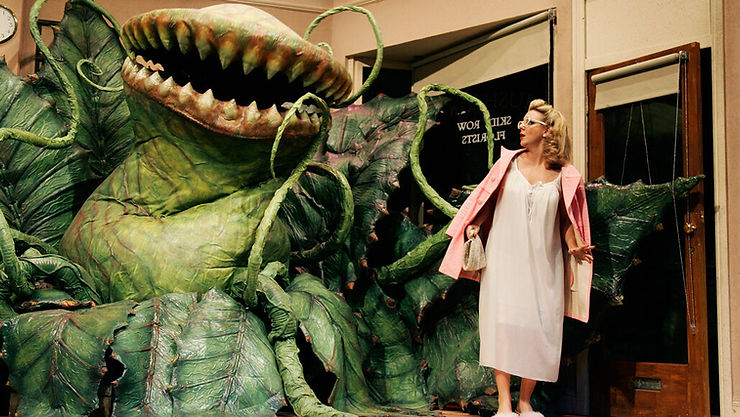By: Yiran Liu
Carnivorous plants have different characteristics from plants that you might see every day. These plants use traps like sticky leaves or sticky tubes to catch insects, animal waste, and small mammals. Despite carnivorous plants’ ability to eat animals, humans are not going to be eaten by them anytime soon since no one can imagine carnivorous plants developing features that would allow them to eat humans.
The pitcher plant is a common type of carnivorous plant. It lures prey to it with sweet nectar in its tubed-shaped leaves. “You could get a tall, deep pitcher that would be effective as a pitfall trap for larger animals,” says Kadeem Gilbert, a botanist who studies tropical pitcher plants at Michigan State University in Hickory Corners. These plants have slippery coats of liquid that allow unaware animals, such as insects and small mammals to fall into the opening of the pitcher which contains digestive enzymes. These enzymes break down the animal’s tissues into nutrients that are then absorbed by the plant.
Another type of carnivorous plant is the Venus Flytrap. This plant relies on jaw-like leaves to catch its prey. When an insect lands on these leaves, tiny hairs signal the leaves to snap shut. Triggering these hairs produces signals that use up the plant’s valuable energy. Since more energy is needed, the plant produces more enzymes to digest its prey. Digestion requires a lot of energy and enzymes so it is unlikely enough can be expended to digest humans.
Carnivorous plants create sticky substances to trap their prey. Small animals are easier prey because they are small and can not escape when they are trapped. Bigger mammals have more strength so they can escape the trap by thrashing and removing themselves from the leaves of the plant. Some glue traps can prevent a mammal from fighting back. They are covered with tiny hairs that have suction which can catch prey. These glue traps are also not strong enough to trap a human. “The best human-trapping plant would be a massive sundew that carpets the ground with long, tentacle-like leaves. Each leaf would be covered in big globs of a thick, sticky substance. The more you struggled, the more you would become enmeshed and the more your arms would be unable to function properly. The sundew would subdue a person through exhaustion,” says Adam Cross, a restoration ecologist at Curtin University in Bentley, Australia.
Overall, it would take a lot of effort for enzymes from carnivorous plants to break down large prey. If meat-eating plants could eat humans, that would require much more energy than most plants can expend.











